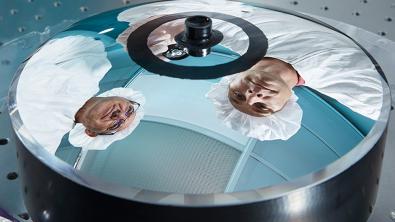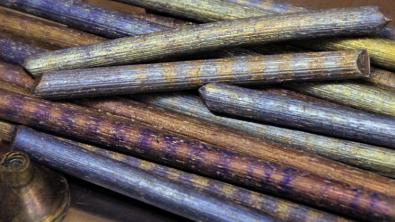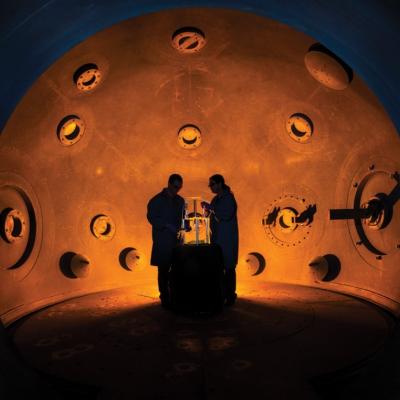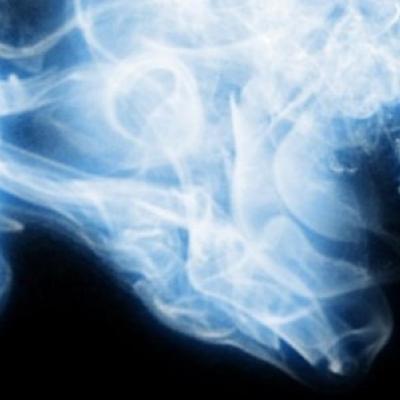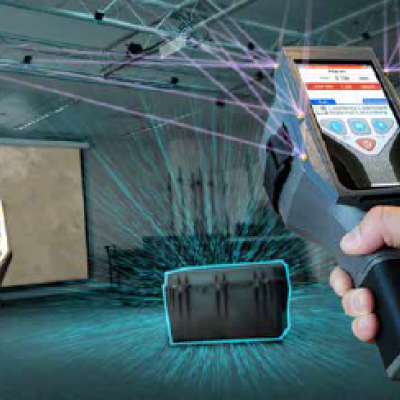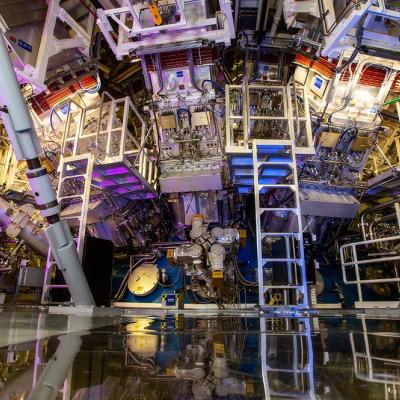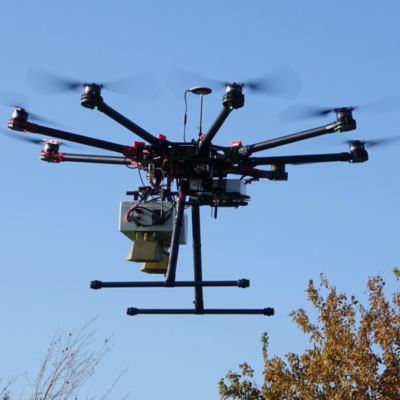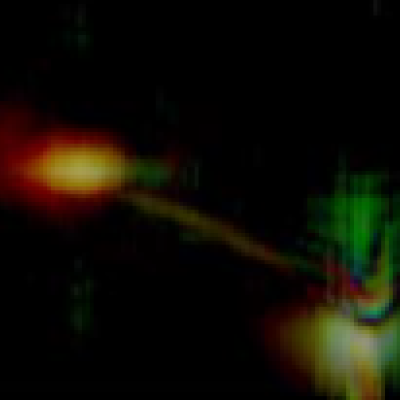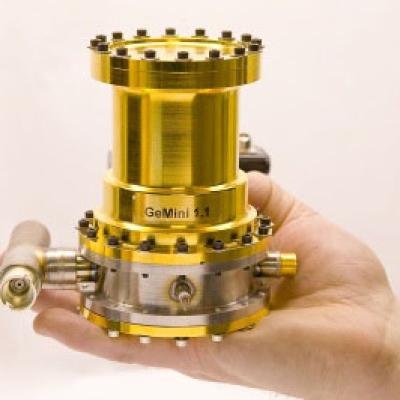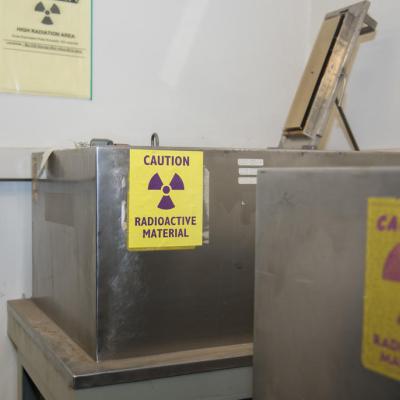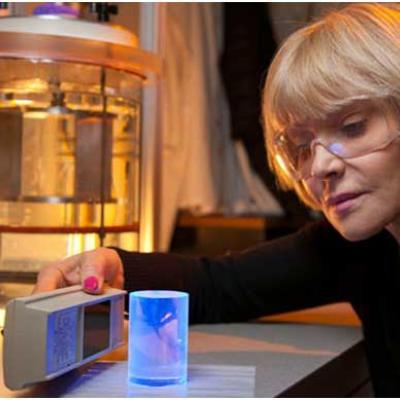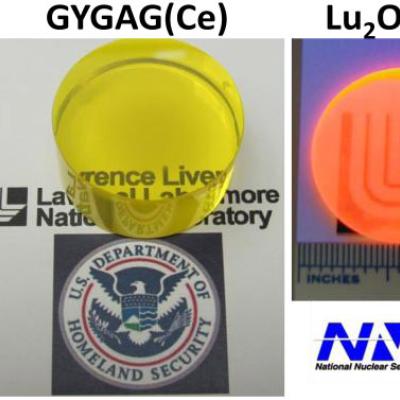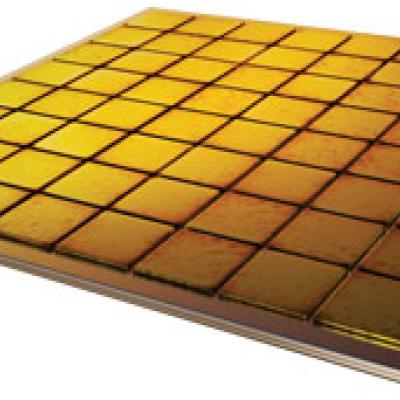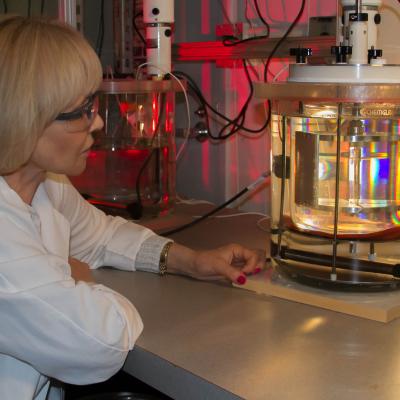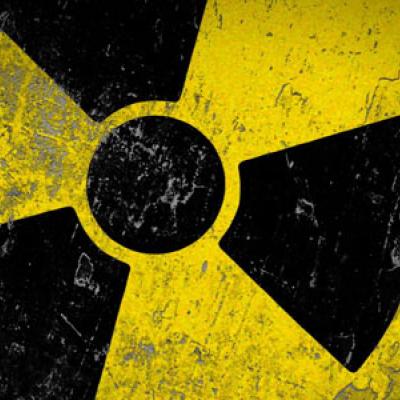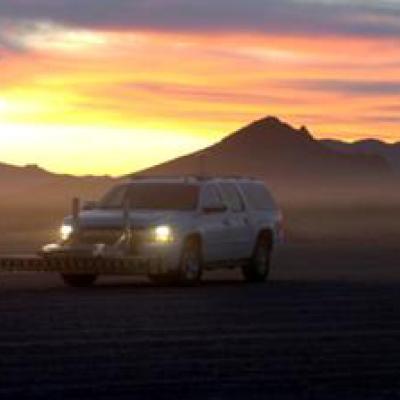The National Security mission at the lab supports advanced technology needs of the nation. We support some of the advanced needs for the Departments of Defense, Homeland Security, Justice, State, EPA as well as international partners and state governments. LLNL excels in programs for High Explosives, Sensors, Space missions, Materials, Intelligence, Forensic Sciences, High Performance Simulation and Computing. The LLNL facilities have some of the largest research labs in the nation spread over several thousand acres.
Portfolio News and Multimedia
Lawrence Livermore National Laboratory (LLNL) and Starris: Optimax Space Systems have signed a Cooperative Research and Development Agreement (CRADA), expanding production of LLNL’s next-generation space domain awareness technology. Starris will serve as the manufacturing partner that can scale production of monolithic telescope technology to meet the needs for proliferated constellations.
Training realistically to respond to the threat of radiological terrorism is a real problem. Using actual radiological materials to train federal, state, and local agencies who detect and respond to these threats is extremely expensive, adds risk, and can’t replicate many of the scenarios of concern. LLNL’s Radiation Field Training Simulator (RaFTS) is a programmable device that injects realistic radiation source signals into suitably adapted operational radiation detection and identification devices (spectrometers). RaFTS enables highly realistic scenarios to simulate truly hazardous situations but without the need, expense or risks of using actual radiological material. In 2020, RaFTS was licensed by Argon Electronics Ltd (UK) to add significant capability to their line of CBRN hazard simulators.
LLNL, Penn State, Columbia University, Tufts University, University of Kentucky, Purdue University and industry partner Western Rare Earths will use microbial and biomolecular engineering to develop a scalable bio-based separation and purification strategy for rare-earth elements


